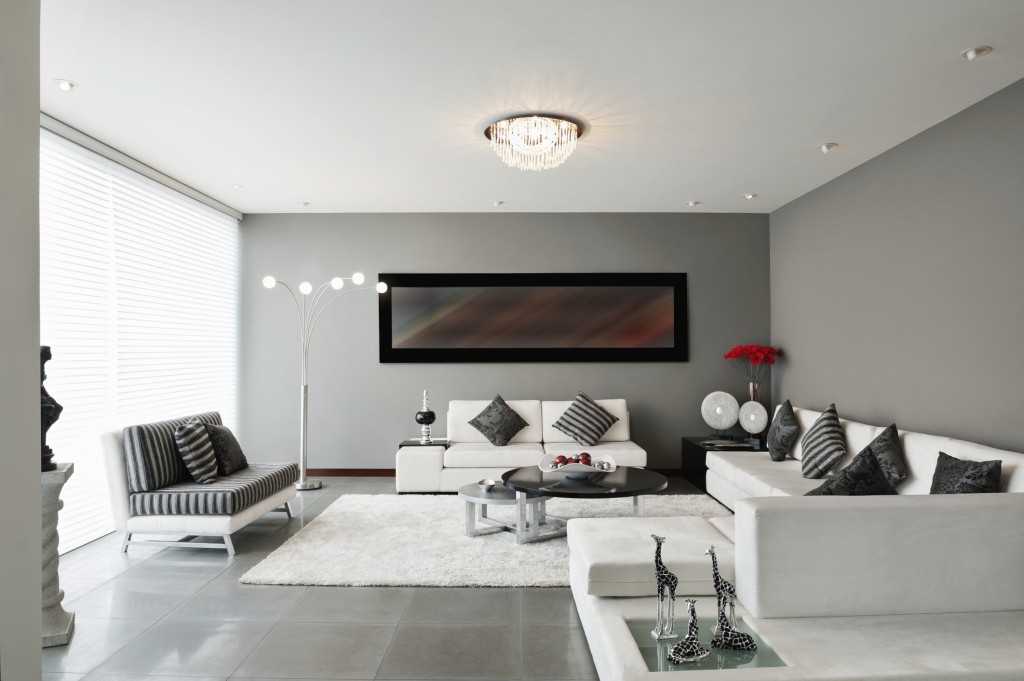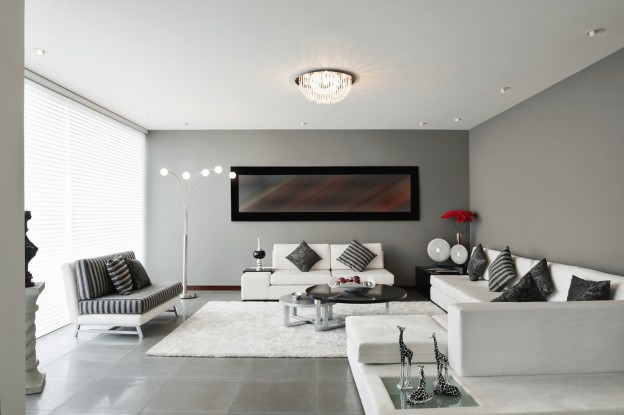 Think of your home filled with plenty of light and space with meals by an open garden window. The cascading drapes work well with the comfortable seating, and the rest of your furniture truly embellishes the wide open space. It isn’t quite as easy as it might seem to make such an ideal place a reality, leaving many to feel disappointed after attempting to decorate.
Think of your home filled with plenty of light and space with meals by an open garden window. The cascading drapes work well with the comfortable seating, and the rest of your furniture truly embellishes the wide open space. It isn’t quite as easy as it might seem to make such an ideal place a reality, leaving many to feel disappointed after attempting to decorate.
In this article, you will learn about key points that allow you to plan and create the most ideal design. You’ll read about the basic principles of good interior design to avoid beginner mistakes.
THREE FACTORS
A well-decorated room doesn’t just look good, but it has good function and effectively shows off a mood and personality of the family. These three ingredients will spell your ultimate success: function, mood and personality. Click here to learn more about Sterling Home Styling’s process.
Before making any changes, think about your family and your means of living, or how you use the room in question. It’s also a good idea to get some ideas from magazines, especially if you’re not experienced with designing a room. Look around the house and find things that give you good feelings, things that trigger color cues and things that spark some inspiration on a design idea. This is the first step in a successful recipe. The rest of the formula begins with function.
FUNCTION
Aesthetics aren’t the only factor with interior design — it’s all about making the room work well. Achieving good function has various elements to focus on:
- The focus: Some rooms have a natural point where the eyes immediately focus when entering the room, such as a huge window with a great view or a fireplace. If the room doesn’t have one, make one; you can lay a bright area rug or buy an extraordinary piece of art, for example.
- The furniture: Of course, a room’s function rests heavily with its furniture; does it satisfy what you plan to do in the room? If something is the wrong size or doesn’t work well, swap it for something more appropriate or get rid of it altogether.
- The arrangement: Just because you have the right furniture doesn’t mean it’s in the right spot. Use graph paper to plot out the room, measuring lengths and marking doors, windows, vents, switches and electrical outlets. Measure each piece of furniture and put it where it should go on the floor plan, remembering to keep traffic patterns open.
- The lights: Lighting should be central to the room’s functions and for aesthetics. Each task will need illumination either directly from a light or indirectly from lights that illuminate the entire room for watching TV or conversing. Recessed spotlights or floor spots can serve as accent lighting to enhance details and textures.
MOOD
Your choice in color, the amount of texture permitted and the style of furnishings all affect a room’s mood. Because there are so many factors involved in developing a mood, creating a theme by finding an inspiring piece can make the process much more interesting and easier to achieve. These are the important factors for developing a room’s mood:
- An inspiring piece: As said, it’s easiest to have a source of inspiration. Whether it’s your favorite scarf, a certain pillow or even a high quality magazine photo, anything that gives you an idea is a good place to start. This is the basis of which you will choose your theme and colors.
- The theme: Come up with a name for a theme based on your inspirational piece. For example, if you have a silk pillow with black lace, you might have a theme title such as “flirty feminine” or “formal elegance.” Be descriptive and you’ll find all kinds of ideas stemming from this theme. For instance, a flirty feminine room might have pastel colors, contemporary tables or curvy furniture.
- Color cues: Naturally, the colors should support the theme you have selected. Often, the colors that work best can be found right on the inspiration piece you have chosen. As a general rule of thumb, you should aim for three room colors: One to dominate with the walls, carpeting and fabrics; one for secondary use, such as on accessories and other fabrics; and the accent color, used sparingly to add a burst of energy.
- Patterns: Plaids, stripes, checks and many others make up the patterns to think about when you develop your theme some more. You can mix pattern types as long as they all share the same colors and use the same background color. It’s also wise to change up the scale of the patterns for variety.
- Texture: Having too many nubby or smooth objects gets boring to look at. Mix it up to give the room a more interesting variety. Even patterns can become textures as they appear dimensional, adding some more depth to your design.
- Furniture: The furniture you choose has another role besides function; they may work well but clash aesthetically. You can try to use paint, tablecloths or slipcovers to mask the problem with better colors, but if it cannot be salvaged, it must leave the room.
PERSONALITY
With everything else in place, now is your chance to add more of your own personal touches to a room with great planning ahead of it.
- Accessories: The best decorating plans include area rugs, pillows, vases, pictures for the walls and tables and more. Of course, whatever you select should work with the theme, but you can be a little more lenient here; for example, adding some antiquity in a picture frame can spice up an otherwise contemporary room. Accessories can be pillows, paintings or photos and are generally found on the floor, furniture, mantelpieces and walls.
- Something whimsy: While not mandatory, you might opt to counteract something in your room that seems sterile despite following all the rules. For instance, a fireplace may look nicer with a fabric cover.
- Something unexpected: Alternatively, you can opt for something surprising, such as a bright and vivid ceiling.
As long as you focus your interior design around the three aforementioned factors, you are bound to have a room that is pleasant to the eyes and ideal for your family.
Jessica Kane is a professional writer who has an interest in interior design and home decor. She currently writes for Designer Drapery Hardware, a leading vendor of all types of drapery hardware such as rods, finials, and brackets.
About Sterling Home Styling
Sterling Home Styling combines image consulting with home staging, interior redesign and interior styling services to provide ‘sterling home styling’ services for residential spaces and new or vacant luxury condominiums, homes or real estate developments in Miami, New York, Los Angeles, San Francisco, and Dubai. The company offers a broad range of services enabling its clients to realize the true selling potential of their home, improve its marketability, and realize a maximum return on investment.
Contact Us:
info@sterlinghomestyling.com
USA: +1.888.868.8329
DUBAI: +971.4.313.2467
sterlinghomestyling.com


















